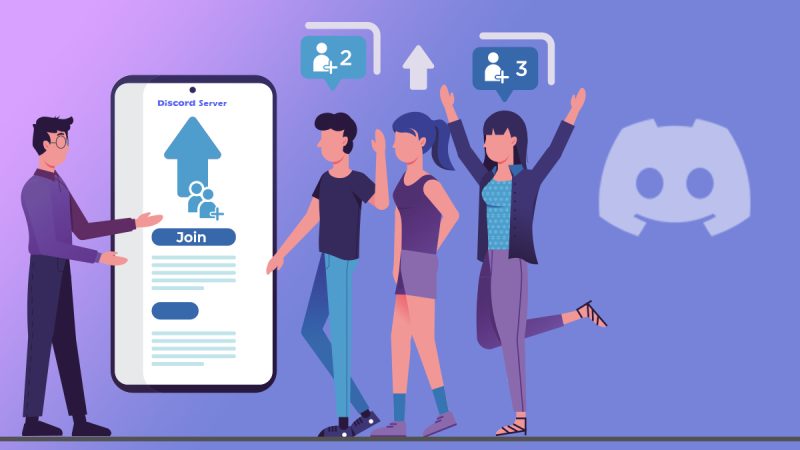Last Shift

In the ever-evolving world of work, the last shift has emerged as a symbol of both closure and new beginnings. As the curtains draw on the day, workers worldwide find themselves at the forefront of a silent revolution that is reshaping the landscape of the modern workplace.
Gone are the days of rigid 9-to-5 schedules and monotony in tasks. The last shift is no longer just a winding down of the day but a transition into a realm where flexibility, technology, and employee well-being take center stage. This article delves into the unique aspects that characterize this silent revolution, transforming the way we perceive and experience work.
Table of Contents
ToggleFlexibility as the New Norm
In the last shift, flexibility is not just a perk but a fundamental shift in the work paradigm. The traditional constraints of office hours are being dismantled, replaced by a more adaptive approach that considers individual preferences and productivity patterns. Remote work has become an integral part of this transformation, allowing employees to tailor their last shift to their own rhythm, ultimately enhancing work-life balance.
Technology’s Pervasive Influence
The last shift is no longer confined to the physical boundaries of the office. Technology has permeated every aspect of our professional lives, creating a seamless blend between work and personal space. From virtual meetings to collaborative platforms, employees are now equipped with tools that transcend traditional office setups, fostering communication and productivity in the last stretch of their working hours.
Focus on Employee Well-being
Organizations are recognizing the importance of prioritizing employee well-being during the last shift. Mental health initiatives, flexible scheduling, and wellness programs have become integral components of the modern workplace. As the last shift unfolds, employers are emphasizing the holistic development of their workforce, acknowledging that a content and healthy employee is a productive one.
Embracing Diversity and Inclusion
The last shift is breaking down barriers to inclusivity and diversity. Companies are fostering environments that celebrate differences and create opportunities for all employees. Inclusivity is not just a buzzword; it is a commitment to ensuring that every worker feels valued and heard during the last moments of their shift.
Redefining Leadership
Leadership in the last shift is not about micromanagement but empowerment. Forward-thinking organizations are embracing collaborative leadership styles that inspire creativity and innovation. The last shift becomes a space where leaders encourage autonomy and trust their teams to excel, fostering a culture of continuous improvement.
Conclusion
The last shift is more than just a routine conclusion to the workday. It is a space where the traditional boundaries of work are being redefined, and a silent revolution is unfolding. Flexibility, technology, employee well-being, diversity, and inclusive leadership are the keystones of this transformation, making the last shift not just a time of closure but a gateway to a future where work is synonymous with fulfillment and growth. As we embrace this silent revolution, the last shift becomes a canvas where the art of progress and innovation is painted, one workday at a time.





